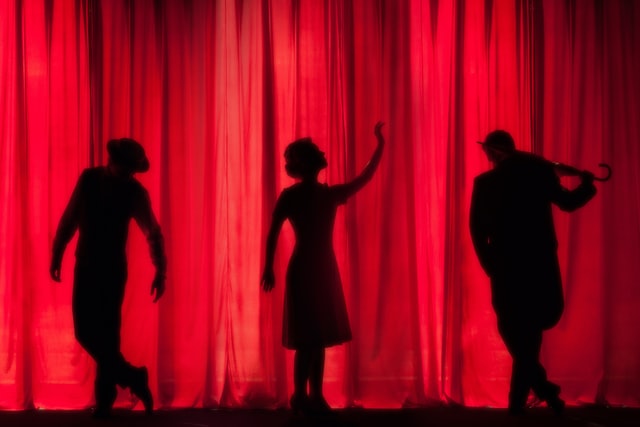
Translation of texts of theatrical works
The theater, a privileged creative object, compared to other literary artistic forms also subject to translation services, offers the viewer apolysemic art in which, within a single word, different meanings coexist and where the relationship between actor and audience is always established in a direct, spontaneous and immediate way. Assuming the main role in the theatrical process, dramaturgical actors express themselves through their bodies and words, moving on two distinct and sensitive axes of communication that the translator of dramaturgical texts or comedies must always consider: that of the actor towards the audience and that of the character towards the character. The voices of actors and their vibrant gestures make the information relating to the dialogues, the relationships between the protagonists and the extras and the theatrical narrative plot explicit.




